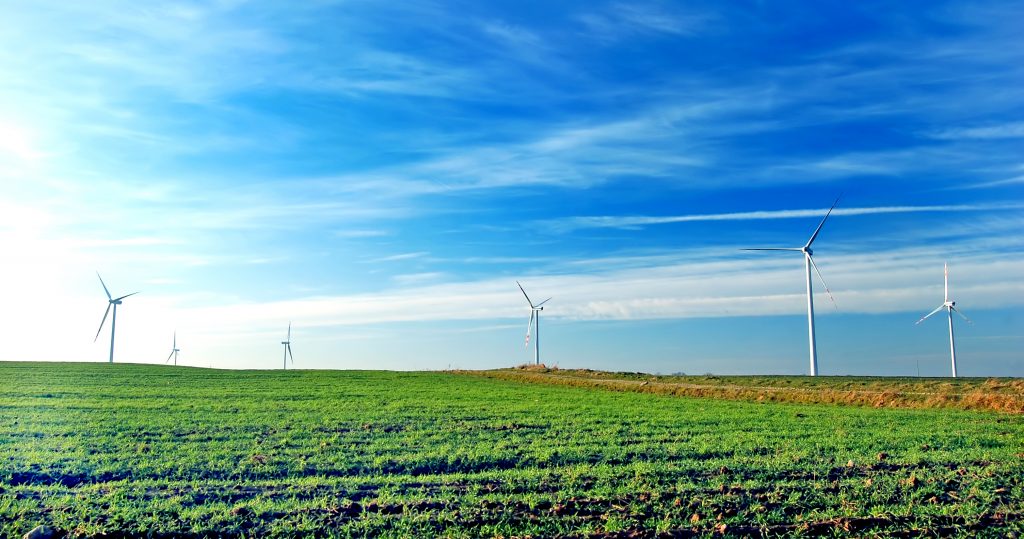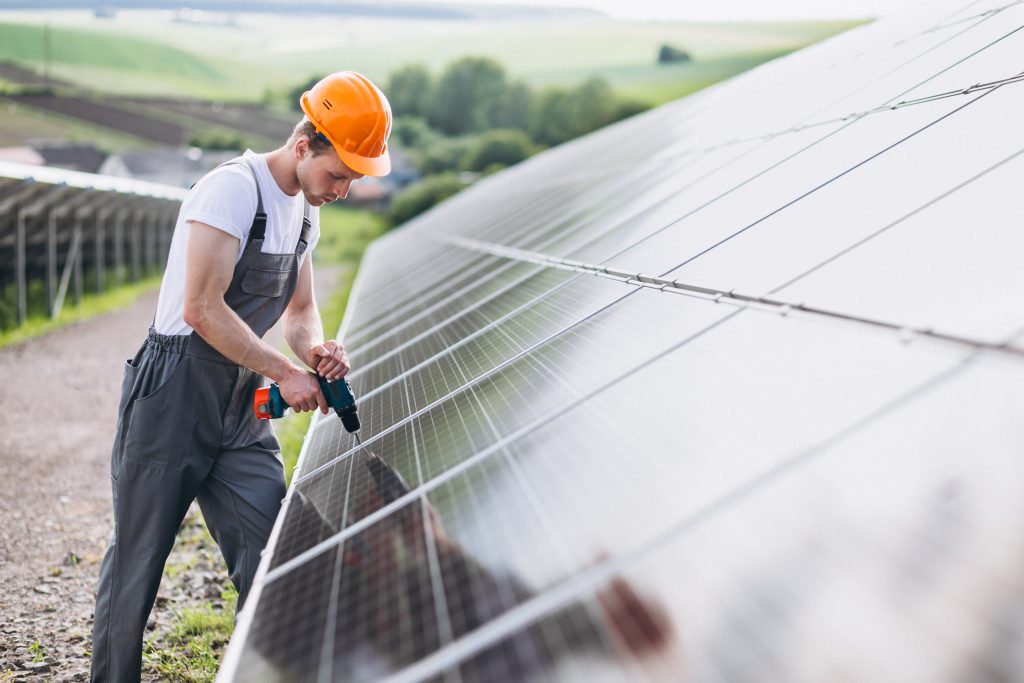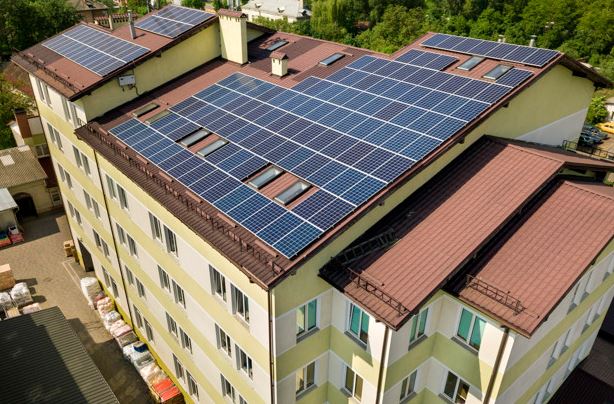
CAN A COUNTRY LIVE ON 100% OF RENEWABLE ENERGY?

Highlights
100% of the energy consumed in Iceland is green and renewable.
One solution to massively cover heating needs in a region such as France is wood.
The project leaders have done real work on the aesthetic integration of photovoltaic panels in the residential landscape.
Many countries still rely mainly on coal and fossil energies, which implies a really high CO2 emission. Some countries are considered bad students in this subject: China, United States, Germany … France is often quoted as a good student, but in fact, France only relies on 17% of renewable energy in its electricity production. So can we really imagine a country living 100% on renewable energies?
3 country models that have reached 100% of their production in green and renewable energies
Iceland: First country in the world in terms of energy produced per inhabitants, Iceland uses various renewable energy solutions: wind, solar, hydro and geothermal. Hydroelectric power includes almost 70% of the production, and there is 30% geothermal energy. 100% of the energy consumed in Iceland is green and renewable.
Bhutan: As a very active country in protecting its natural environment and contributing to the well-being of the planet, Bhutan has a negative carbon footprint. It therefore absorbs more CO2 than it produces. This special fact is made possible thanks to its 72% forest, whose flora serves as a natural carbon sink. In addition, this country relies on its dams which produce 100% renewable electricity.
Ethiopia: Since this country has no gas or oil on its territory, renewable energies have become obvious to maintain sufficient autonomy. Its various dams allow it to count on 96% of its hydroelectricity electricity production, which is completed by wind energy. Another good student!
That being said, we can notice that these good students have low energy needs. What about countries with significant needs? Is 100% renewable possible?

Is 100% renewable production possible for highly industrialized countries?
When a country has a large population, with many industrial and tertiary activities, energy capacity must be able to keep up to avoid possible interruptions.
If for the moment renewable energies are not yet sufficiently developed in these countries and therefore cannot meet 100% of energy needs, it is possible to implement new strategies to change the way of consumption, especially for heating and electricity.
One solution to massively cover heating needs in a region such as France is wood. According to National Geographic, « The share of energy consumed in the form of heat, with 42.3% of national energy consumption, can be largely converted to renewable by replacing the gas, oil and electric systems of homes and tertiary buildings by wood boilers or heat pumps « .

The other strategic option to be developed is to meet electricity needs through solar self-consumption. The project leaders have done real work on the aesthetic integration of photovoltaic panels in the residential landscape. Solar energy would allow residents to produce their own energy, and as a bonus it would lower their electricity bills.
Of course, innovation will have to think of big companies, in order to always develop more solutions so as to produce sufficiently powerful renewable energies. The ultimate goal is to be able to meet energy needs on an industrial scale with greener energy.

